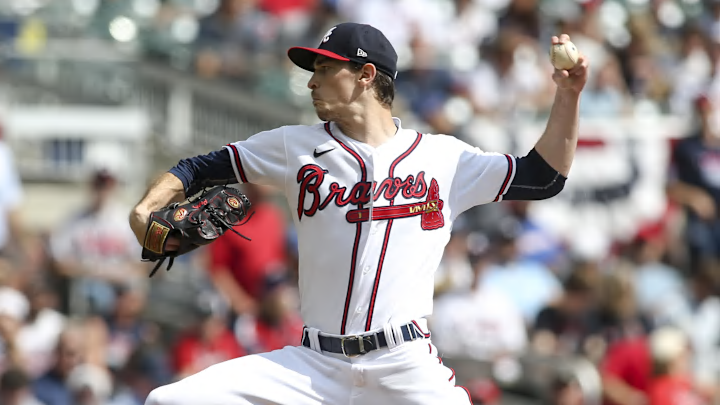
What Evidence is Allowed?
The rules specify what types of information are allowed to justify an offer. arbiter decides how much weight to give each
The following may not be used.
- Information on the financial situation of the club or the player
- Press clippings and testimonials
- Offers made by either the player or the club prior to arbitration
- Cost to the parties of their representatives
- Salary comparisons from other sports or occupations
The following may be used.
- The quality of the player’s contribution to his club during the past season, including, but not limited to, his overall performance, special qualities of leadership, and public appeal.
- The length and consistency of his career contribution.
- The existence of any physical or mental defects on the part of the player.
- The recent performance of the club, including, but not limited to, league standing and attendance.
- Publicly available statistics
Statistics and data generated through the use of performance technology, wearable technology, or “STATCAST”, whether publicly available or not, shall not be admissible. - The record of the player’s past compensation.
No StatCast for You!
I hear you screaming, “Why isn’t StatCast allowed?” The union doesn't want it because they can't control it.
StatCast data isn’t available to the public, and metrics derived from them, including those built by teams; allowing it would open the door to performance-based pay.
During the negotiations for the 2022-2027 CBA, MLB offered to replace arbitration with a system based on fWAR. Such a system would eliminate negotiations and potentially restrain salary growth.
Juan Soto’s been a roughly 4.9 fWAR player in his first four seasons. He posted a 7.0 fWAR in 2021, but that fell to 3.8 in 2022. A team could point to that and say, 'his production fell 45% last year; why would I give him a raise?'
There are ways of implying sabermetric style data but saying that a player is four outs above average won’t work.
